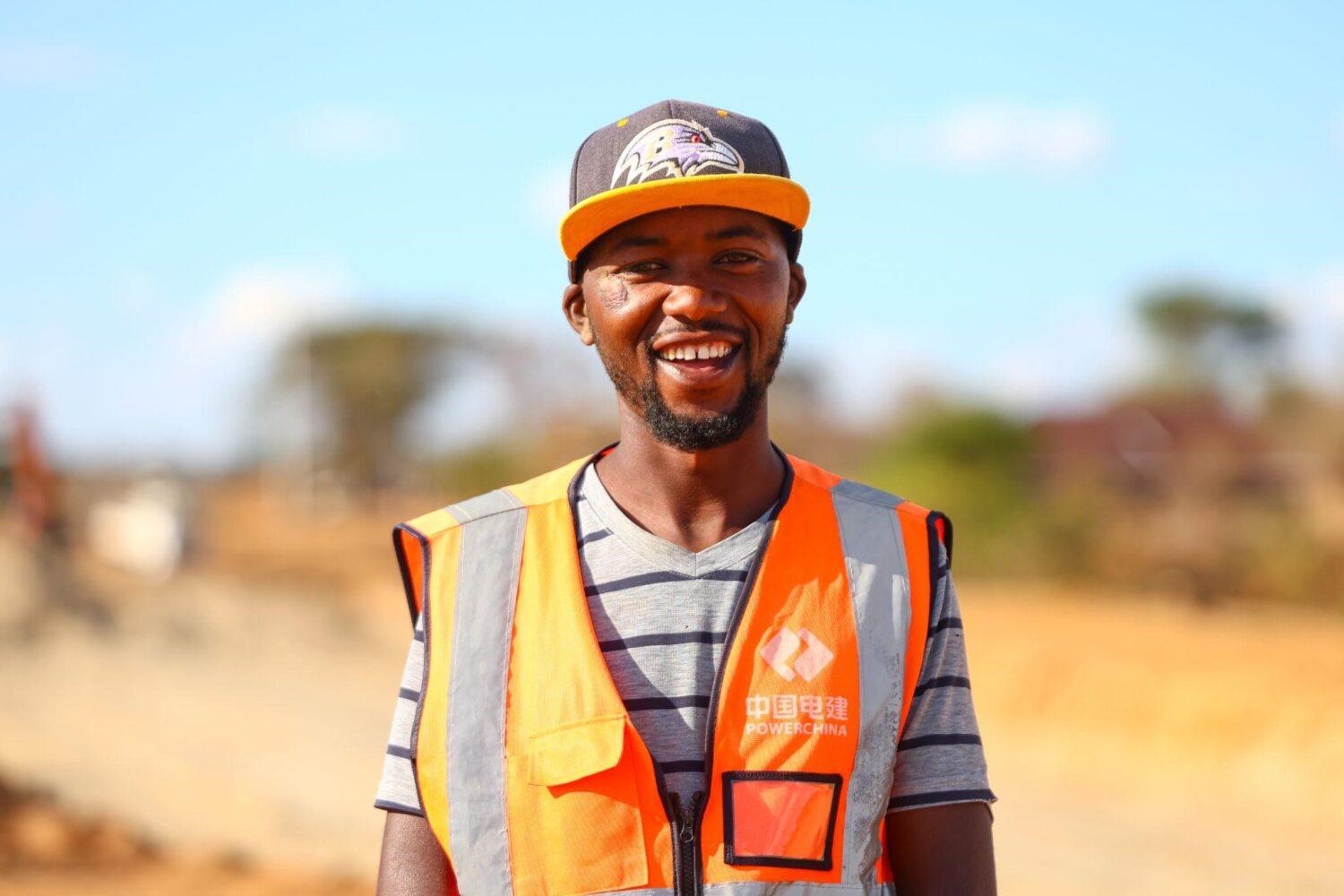Under the scorching Kitui sun, bulldozers roar back to life and graders carve fresh paths across the dusty plains, signs that long-stalled development is finally on the move again.
After years of delay, construction of the Kibwezi–Kitui–Kabati–Migwani–Mbondoni Road has officially resumed, rekindling hope among residents who had almost given up on the long-awaited project.
The road, which began in 2017, had stalled for nearly two years due to non-payment of contractors. But thanks to the government’s innovative securitization initiative, work resumed on September 1, 2025, marking a fresh start for a project that holds the key to unlocking Eastern Kenya’s economic potential.
According to Engineer Dorcas Sinde, the resident engineer from the Kenya National Highways Authority (KeNHA), the road’s resumption has been made possible through the government’s structured financing approach that cleared most of the outstanding bills.
“Through the Government initiative of securitization, this project has been able to get 80 per cent of the total pending bills cleared,” explains Sinde.

“A total of Ksh 1.2 billion was paid, reducing the pending bills to Ksh 519 million. This has been very important for the progress of the project because the contractor could not continue with works due to heavy pending bills.”
Securitization allows the government to raise funds based on future cash flows, ensuring that contractors are paid promptly without the country taking on additional debt.
The initiative has so far revived over 500 stalled road projects across Kenya including this 178-kilometre stretch that cuts across Makueni, Kitui and Garissa counties.
Currently, work is underway on the final 23-kilometre section from Migwani to Mbondoni, which will connect directly to the Garissa–Nairobi Highway.
Once complete, the route will offer an alternative passage for heavy trucks from Mombasa, reducing transport costs and easing congestion on other major roads.
“This road is a very important part of Kenya’s road network because it will allow movement of vehicles, especially heavy goods vehicles that are coming from Mombasa,” says Sinde.
“They will no longer have to go all the way to Kanyonyo. They can take the turn at Kabati, go through Mbondoni, and save time and money.”
Beyond improving logistics, the project has already begun transforming lives in the communities along its path.
For Alex Musili Samuel, a resident of Kyome in Kitui County, the road represents more than infrastructure, it’s a lifeline.
“I had really struggled before, but when this road project started, I got employed, I got work,” says Musili. “There were claims that the work had stopped, but since August, it has continued. The contractor is on site, work is progressing.”

Musili says the project has changed his fortunes, allowing him to support his family and look forward to better days. “At least we have been helped because I did not have a job before, and now I am employed here,” he adds. “This is real development.”
He also notes the difference the road will make in people’s daily lives once complete.
“For example, someone travelling from Migwani to Mwingi used to pay three hundred shillings, but once tarmac is laid here, they will pay about one hundred. That is a benefit. Even a pregnant woman going to the hospital will get there quickly because ambulances will not struggle on rough roads it will just move smoothly… waaah, quickly, quickly reaching the hospital.”
Such benefits, lower transport costs, easier hospital access, and faster trade, are already being felt in parts where construction is complete. The road is also providing employment to hundreds of youth from the region, working as machine operators, drivers and casual labourers.
However, the project has not been without challenges. Engineer Sinde notes that land acquisition and compensation have slowed progress as some homes and businesses had to be relocated.
“We have been working with the National Lands Commission to ensure project-affected persons are compensated,” she says. “An outstanding amount of Ksh 800 million is being paid out to affected people so that the road reserve can be cleared for construction activities to proceed.”
When complete, the Kibwezi–Kitui–Garissa Road will form a vital link between Kenya’s southern transport corridor at Kibwezi and the northern corridor through Garissa, opening up vast semi-arid regions to trade, investment and services.
From Kyome to Migwani, residents like Alex Musili now speak with renewed optimism.
“This is real work,” he says, smiling at the sight of graders moving in the distance. “Forget the talk, the work is happening on the ground.”











